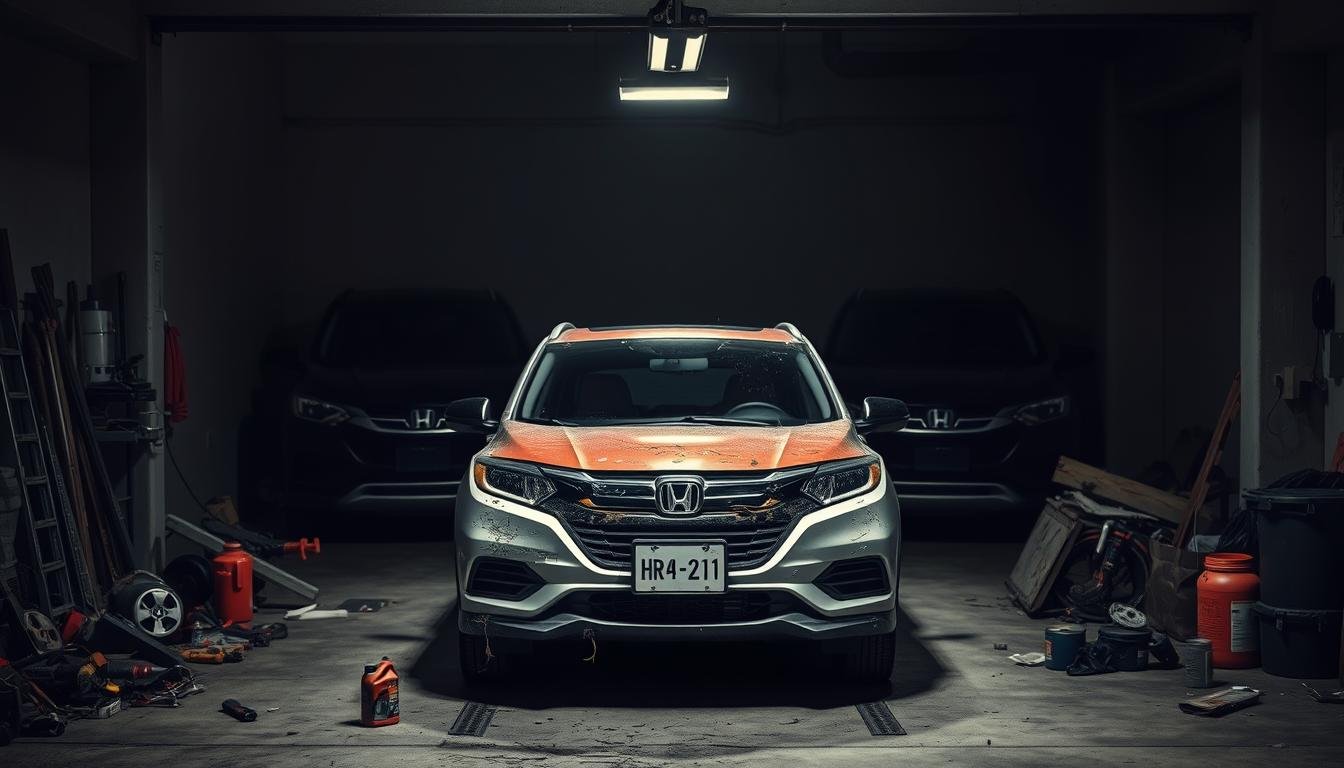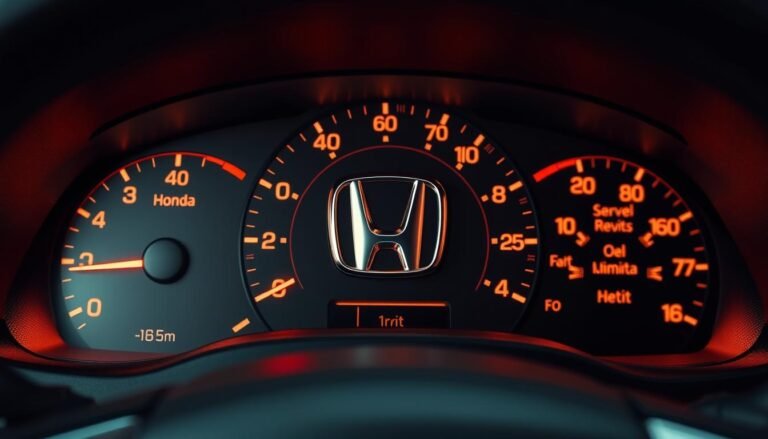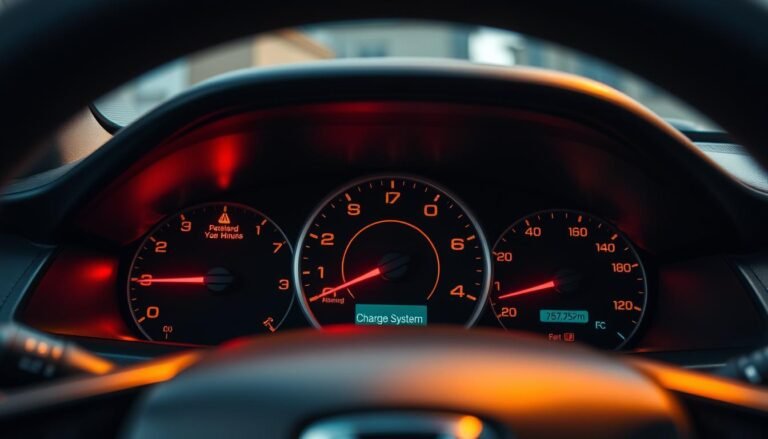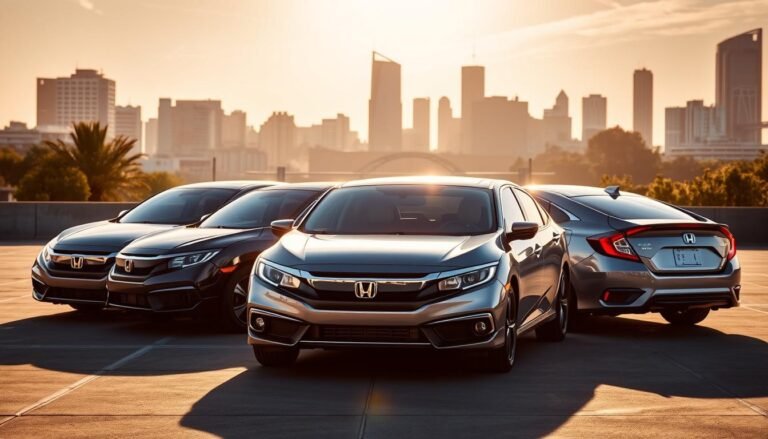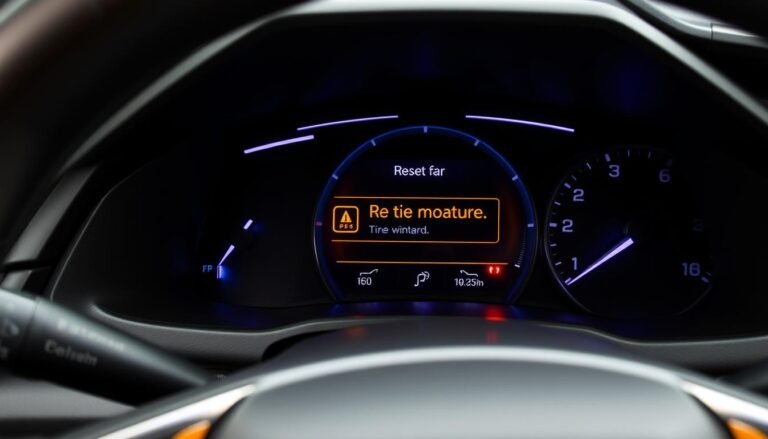Honda HRV Years To Avoid: Insider Tips & Guide
Knowing which Honda HR-V years to skip is key for anyone wanting a dependable small SUV. We’ll cover the Honda HR-V known issues to help you avoid bad model years.
This can save you a lot of trouble later. The HR-V first came to the U.S. in 2016. Knowing which years to avoid can give you confidence in your choice.
We’ll take a close look at different HR-V model years, pointing out the ones to steer clear of. This advice is based on known problems and maintenance issues.
By understanding the best and worst models, you can make a smart choice. We’ll also offer tips on keeping your HR-V in top shape.
Let’s dive in to learn more, ensuring you pick the best Honda HR-V for you.
What is The Honda HR-V: A Brief Overview?
The Honda HR-V hit the U.S. scene in 2016, aimed at city folks and small families. It mixes easy driving with lots of room, perfect for those wanting both function and fashion.
It’s smaller than the Honda CR-V, but still packs a punch with its Magic Seat feature for flexible cargo space.
The HR-V stands out for its performance, focusing on being fuel-efficient. It comes with a 1.8-liter engine that provides 141 horsepower, ideal for daily drives and small trips.
Thanks to its dependability and value over time, the HR-V has become a top choice among subcompact crossovers for those who need a reliable car for everyday use.
Honda HRV Years To Avoid: Insider Tips
Knowing which Honda HR-V years to avoid can save you trouble. The 2016 and 2017 models often have issues not seen right away.
Learning about these early models’ common problems helps you make a smart choice.
Common Problems in Early Models
The 2016 and 2017 Honda HR-Vs can disappoint you. They often have a weak 1.8-liter engine that’s slow to speed up.
This makes driving less fun. They also have an infotainment system that’s slow and hard to use. These issues matter if you’re looking to buy.
Choosing a newer model could mean a better car. It’s important to think about these problems before deciding.
Sluggish Acceleration and Infotainment Issues
Besides slow acceleration, the infotainment system also frustrates many. It responds slowly and is hard to navigate.
Consider these issues when looking at early Honda HR-V models. Thinking about these problems helps you make a better choice.
Avoiding these models could lead to a better Honda HR-V experience.
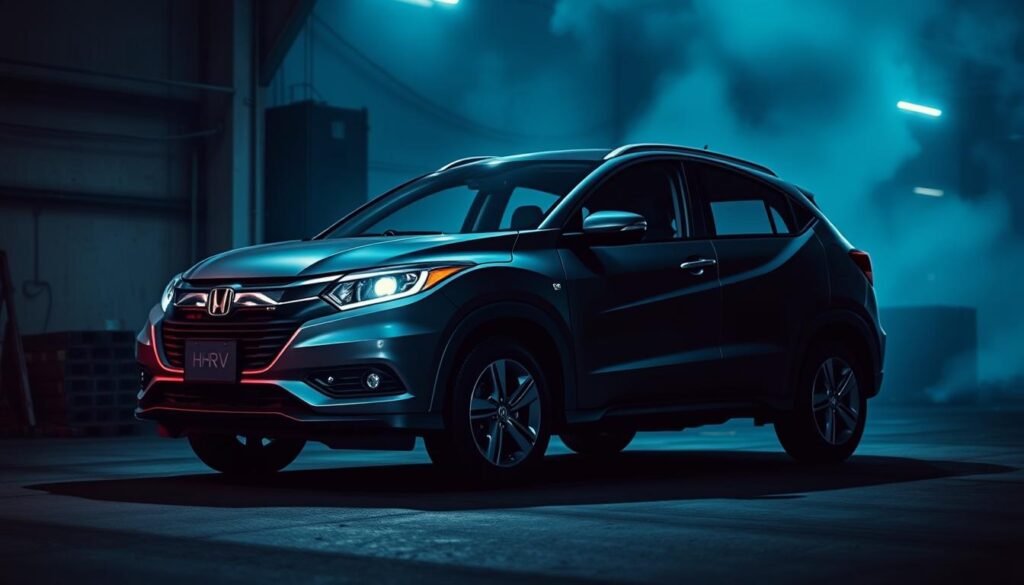
Noteworthy Honda HR-V Generations
The Honda HR-V stands out for its two key generations. Each one has played a big role in its strong reputation for being reliable and versatile.
Looking at these honda hrv generations shows how its features and performance have changed. This appeals to various drivers.
First Generation (2016-2022)
From 2016 to 2022, the first generation HR-V made a big impact in the compact SUV market. It had a roomy interior, thanks to Honda’s Magic Seat system.
This system allowed for many different cargo setups. In 2019, the model got a major update. It got a new look and better tech, catching up with the times.
People loved how the first generation HR-V balanced comfort and usefulness.
Second Generation (2023-Present)
The second generation HR-V, starting in 2023, broke new ground in design and how it drives. It’s bigger, with a 2.0-liter engine that makes it more fun to drive.
It looks sharper and comes with the latest tech. This ensures it lives up to what drivers today want.
Even though it’s too early to judge its long-term reliability, it continues Honda’s tradition of high quality and reliability.
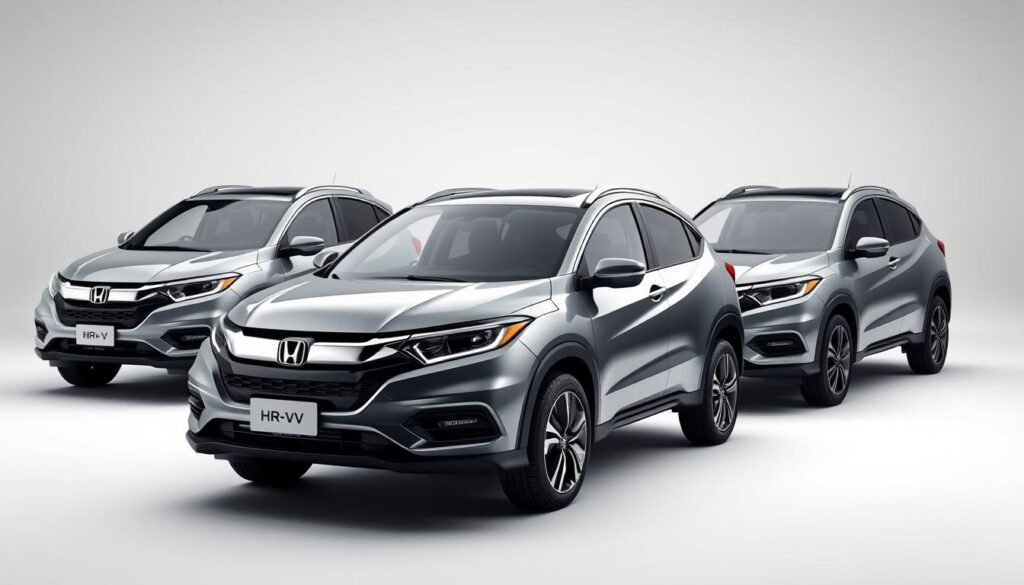
Worst Honda HR-V Model Years: A Closer Look
The 2016 and 2017 Honda HR-V models are often seen as the least reliable. They have issues that can lead to high repair costs and a bad driving experience.
It’s important for buyers to know this, especially if they want a dependable car.
Issues with 2016 and 2017 Models
The 2016 Honda HR-V has problems with its Continuously Variable Transmission (CVT). Drivers might notice rough shifting or the car slipping unexpectedly.
There’s also a chance of fuel pump issues. This can affect how the engine runs and might cause the car to stall out of nowhere.
The 2017 Honda HR-V also has its share of problems. It suffers from the same transmission issues as the 2016 version.
Plus, there are new problems with the dashboard electronics and fuel efficiency. These issues can make owners less happy and question the car’s reliability.
| Model Year | Common Issues | Repair Costs |
|---|---|---|
| 2016 Honda HR-V |
| Approx. $1,500 – $3,000 |
| 2017 Honda HR-V |
| Approx. $1,800 – $3,500 |
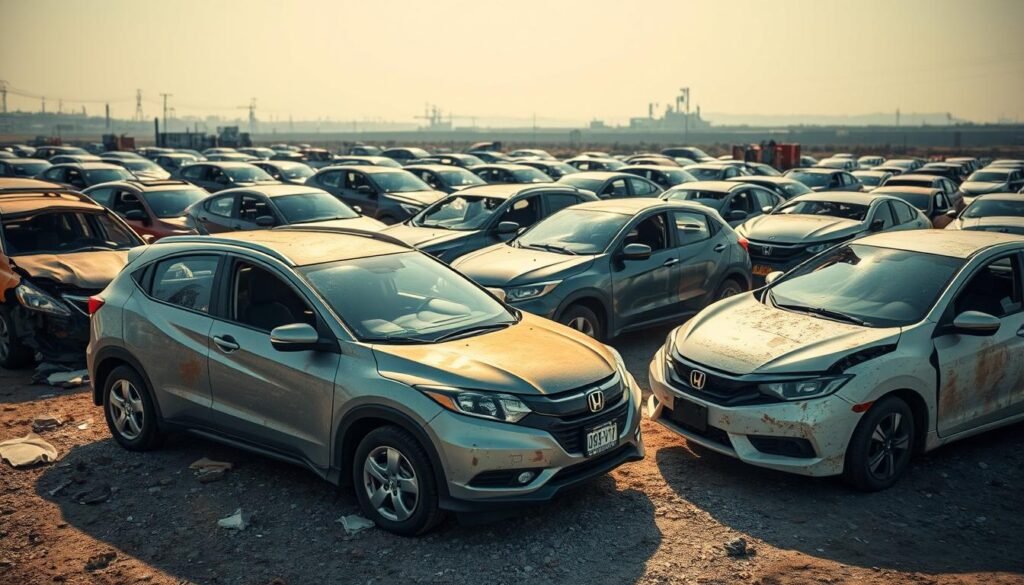
Honda HR-V Known Issues and Reliability Concerns
The Honda HR-V has had its ups and downs in terms of reliability, especially its older models.
It’s smart to know about these honda hrv known issues before you decide to buy one.
Key issues include problems with the transmission and fuel pump failures. These problems can impact how well the car performs and its safety.
Transmission Troubles in Earlier Models
The honda hrv reliability concerns often involve the CVT in first-generation models. This CVT can cause sudden acceleration and other issues.
Many have reported transmission lag, leading to a slow driving feel. If you’re thinking about a used HR-V, checking the transmission is key.
Fuel Pump Failures
Fuel pump failures are also common and can affect many models. This can harm the engine’s performance, causing stalling or issues with starting the car.
Knowing these transmission problems and fuel system issues is crucial. Before buying a used HR-V, look at service records and talk to previous owners about these problems.
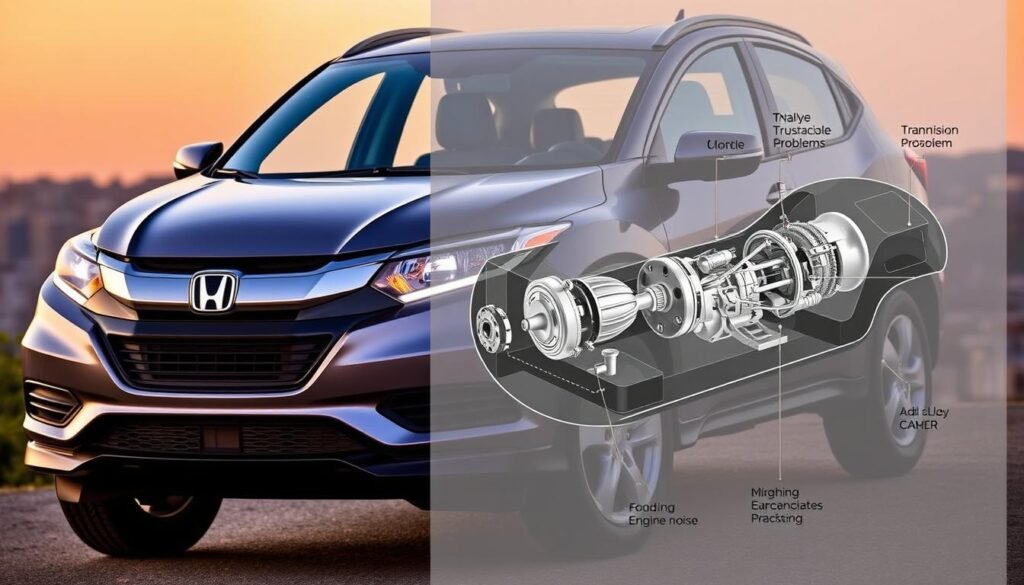
Honda HR-V Common Problems To be Aware Of
Knowing potential issues with the Honda HR-V can really improve your ownership. This knowledge helps you avoid problems and make smart choices when buying used.
Common problems include seating discomfort and rear-view camera issues.
Uncomfortable Seating Experience
Many drivers find the HR-V’s seats uncomfortable, which affects their happiness. The seats can lack support for long trips, causing discomfort and tiredness.
Since comfortable seating is key for enjoying drives, always check the seats before buying.
Inoperative Rear-View Camera Displays
The rear-view camera can be faulty, especially in newer models like the 2019 version. When it doesn’t work, backing up becomes difficult.
These problems may need expensive fixes. Always check the camera’s function before you decide to buy.
Maintenance Tips For A Used Honda HR-V
To keep your used Honda HR-V running well, regular upkeep is key. You should focus on some honda hrv maintenance tips for good performance and smooth running.
Regularly Check CVT Fluid
It’s important to check your CVT fluid often. This prevents transmission problems and keeps your car running right.
If the CVT fluid is low or dirty, your car might accelerate slowly or even face transmission failure.
Keeping Up with Scheduled Maintenance
Sticking to your car’s maintenance schedule helps it stay reliable. Things like changing your oil, replacing your air filter, and checking your brakes are vital.
Getting to know a mechanic who knows Honda HR-Vs can also help keep your car in top shape.
| Maintenance Task | Frequency | Importance |
|---|---|---|
| CVT Fluid Check | Every 30,000 miles | Prevents transmission problems |
| Oil Change | Every 5,000 to 7,500 miles | Enhances engine longevity |
| Air Filter Replacement | Every 15,000 miles | Improves fuel efficiency |
| Brake Inspection | Every 10,000 miles | Ensures safety and performance |
Comparing The HR-V To Competing Models
When looking at the Honda HR-V, comparing it with others like the Mazda CX-30 and Toyota C-HR is interesting.
The HR-V is known for its strong reliability and keeping its value well. It may not have the most powerful engine, but it offers a big interior and flexible cargo space.
How It Stacks Up Against Rivals
The Honda HR-V stands strong among compact SUVs. It may not drive as lively as the Mazda CX-30, but it wins in usability. Its spacious cabin and flexible storage options make it a top pick for those who need space.
Value Retention Over The Years
The honda hrv resale value shows it’s a top choice. The HR-V often keeps its value better than rivals, thanks to Honda’s solid reputation. This makes the HR-V a smart buy for those thinking about the future.
Conclusion
The Honda HR-V stands out as a sturdy choice in the small SUV class. Yet, knowing the downsides of certain years is key for buyers.
The years 2016 and 2017, for example, face big reliability issues. This might push away those looking for a car they can count on. This advice aims to help you choose wisely.
Newer models of the HR-V, however, bring improved performance and dependability. They offer a stronger argument for buying, with a better owner experience promised.
When deciding on the Honda HR-V, doing your homework is vital. Look closely for any common problems and keep up with regular car care.
In the end, assessing Honda HR-V models carefully helps you find one that suits your life and driving needs.
With the tips from this guide, you can confidently explore the used car market. You’ll be able to pick a car that fulfills your requirements.
FAQs
Q: What are the worst Honda HR-V model years to avoid?
A: The 2016 and 2017 HR-V models are commonly regarded as the worst years due to transmission troubles and sluggish acceleration.
Q: What are some known issues with the Honda HR-V?
A: Common issues include transmission problems, fuel pump failures, and unresponsive infotainment systems, particularly in earlier models.
Q: What specific engine troubles should I be aware of?
A: Earlier models, especially those from 2016 and 2017, often struggle with an underpowered 1.8-liter engine. This leads to sluggish acceleration.
Q: Are there any safety recalls associated with the Honda HR-V?
A: Yes, certain models have seen safety recalls for fuel system and transmission issues. It’s important to always check for updates.
Q: How can I effectively maintain my Honda HR-V?
A: Keep CVT fluid levels in check, stick to routine maintenance such as oil changes and brake inspections, and see a trusted mechanic for guidance.
Q: What comfort issues do HR-V owners report?
A: Many owners have noted discomfort in seating and issues with the rear-view camera display, particularly in the 2019 facelifted models.
Q: How does the Honda HR-V compare to its competitors?
A: It may fall behind in engine performance when compared to the Mazda CX-30 and Toyota C-HR. However, it boasts strong resale value and spacious interior.

